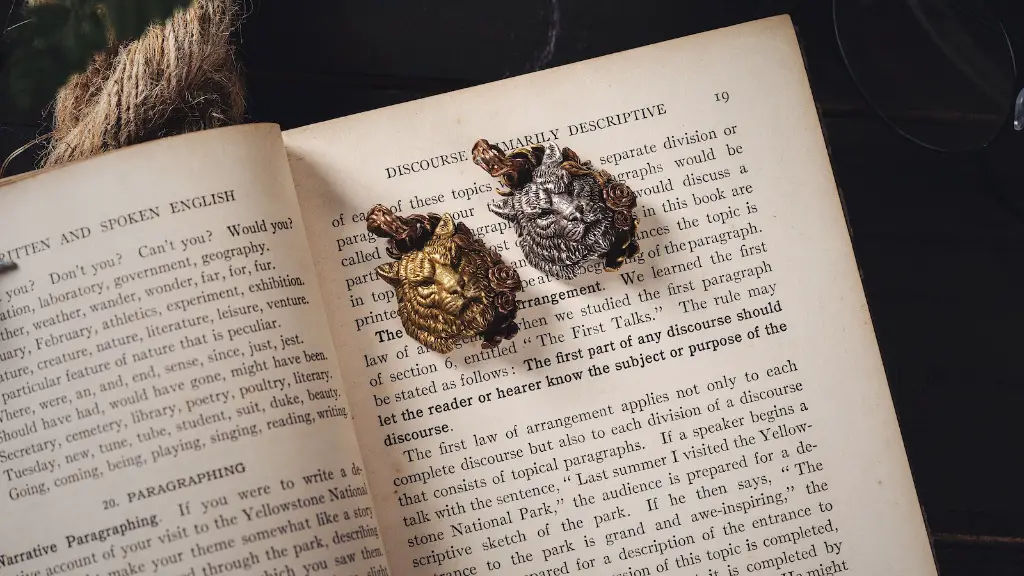Creating a Poetry Book
Writing poetry can be an incredibly fulfilling and evocative experience, yet it can also be incredibly difficult to bring your work to the public and create a book. Thankfully, there are resources available to help ensure your collection of poetry is presented in the best way possible. One of those elements is a good title. To help poets navigate the sometimes convoluted process of titling a book, we put together this guide for how to title a poetry book.
Do Your Research
Before we get into how to come up with a great title, you should do some research. There are many books of poetry out there, and a quick scan of them can be enormously useful. Look at some of the titles of books that already exist to understand the common conventions and to get new and innovative ideas of your own. Plus, researching existing titles can give you insight into the audience your book might be best received by.
Consider Your Poetic Voice
Once you have a good sense of the titles already used in poetry books, the next step is to consider your own poetic voice. Think carefully about the message you are trying to convey to your readers and that will inform the title you eventually decide on. Do you want to create a sense of chaos or order? Are you seeking to evoke something wistful or nostalgic? Make sure the title is tailored to this message.
Prioritize Simplicity
In distilling the spirit of your poetry into one title, simplicity is key. Complex and abstract titles can be tricky for readers to decipher, so make sure the title is clear and understandable to the average person. Additionally, consider the length of the title, as lengthy titles can prove difficult to both remember and communicate to potential readers.
Find Inspiration
Once you have a good understanding of what kind of title you are looking to create and you are familiar with the conventions of titles used by other poets, it is time to find some inspiration. Some useful places to look are poems, books, films, quotes, and nature. All of these sources can be great sources of inspiration, phrases, and ideas that can help you to craft a great title.
Shape Your Title
Once you have a collection of possibilities and phrases you’d like to use for your title, you are ready to shape them. Think about how the words rhymes with each other or can be put together to create metaphors or puns. Additionally, many titles involve one or two words being repeated with a slight change to create a punchier phrase.
Vary The Title and Subtitle
Once you are happy with the title, the last step is to consider the subtitles. This is an opportunity to include additional information about the contents of the book and to create further context for the title. The use of subtitles is also a great way to further explain the meaning of the title and get creative.
Testing Out Your Title
Once you have crafted your title and subtitle, it is time to test it out. One way is to simply ask people if they understand the title and if they can get an idea of what the book is about. Additionally, set yourself some questions to answer, such as whether the title evokes the right emotion and whether it is easy to remember.
Alternative Titles
Once you have tested out your title and gotten the opinion of others, the next step is to consider alternative titles. Titles should never be set in stone and revisiting your title and adjusting it is a great way to make sure your book is well-received. Furthermore, make sure to always ask for feedback from both friends and professionals alike.
Editing Out The Unnecessary
After considering various options, the next step is to start editing out the titles you don’t need anymore. Make sure to keep an eye out for the titles that evoke the most emotion, both from yourself and from the people you asked for their opinion. Once you identify your top choice, you are almost there.
Presentation Is Key
Once you have settled on your title and subtitle, it is time to present them. In most cases, the title should be clearly visible on the cover of your book and be as simple and memorable as possible. It is also important to consider what typeface or font you are using and how you are formatting it.
The Importance of A Good Title
The title of a book of poetry is incredibly important as it is often the first thing readers will see and interact with. A great title not only grabs a reader’s attention, but it also gives them an insight into the poetry contained within and if it will appeal to them. A good title will also open up conversations between readers and the author.
Establishing Your Authority
When it comes to titling a book of poetry, it is also crucial to consider the message it sends to potential readers. Think carefully about how your title will position you as an author and what kind of authority it will establish within the literary world. Ultimately, the title needs to send a message that your book is worth their time and attention.
Best Practices For Marketing
Once you have settled on a title, it is time to start thinking about marketing. Having a bold and attention-grabbing title is a great start for getting the book out there, but it is also important to ensure the title and subtitle are both featured prominently in any marketing materials you put out.
Creating A Unique Design
Another element of getting a book of poetry out into the world is ensuring the design feels uniquely yours. Take some time to think about how you want to visually present your collection, and then search for images or designs that reflect the message of your title. Never underestimate the power of an image to convey the atmosphere of your book.
Strategizing Your Self-Promotion
Self-promotion is an important part of getting your book out there, so it is essential to plan ahead. Create a strategy that allows you to reach both potential buyers as well as outlets that can review and discuss your book. Think about what platforms and websites could be useful and reach out accordingly.
Getting Your Book Out There
Creating the perfect title for a book of poetry is an incredibly significant part of the process. Once you feel confident about your title and subtitle, you need to start thinking about how to get the book out into the world. Traditional and self-publishing are both viable options and methods of getting your work to an audience.




